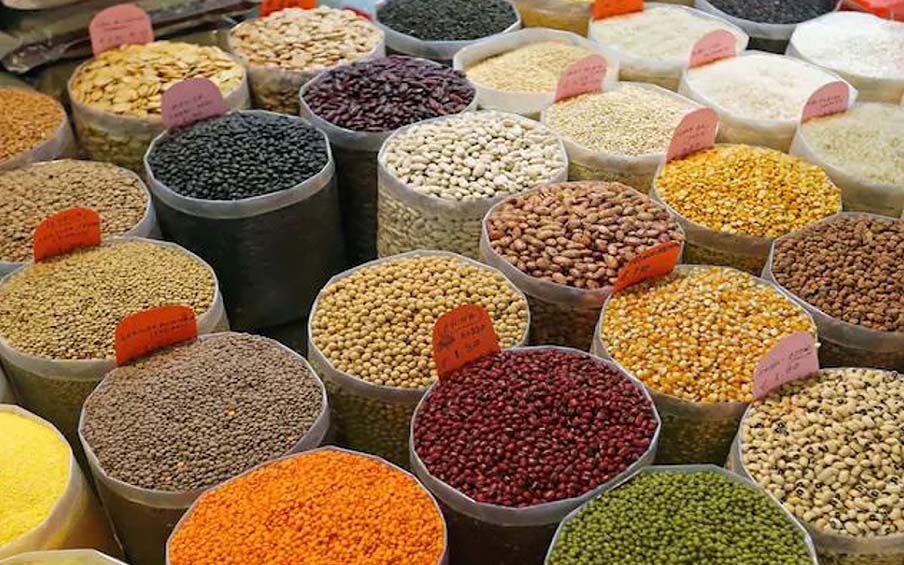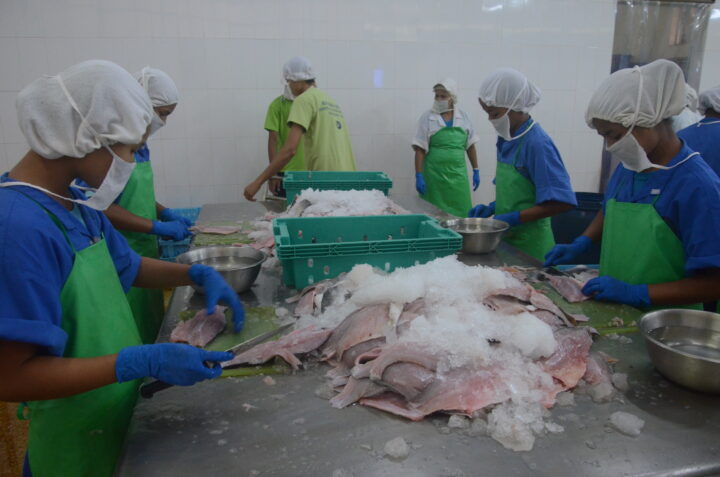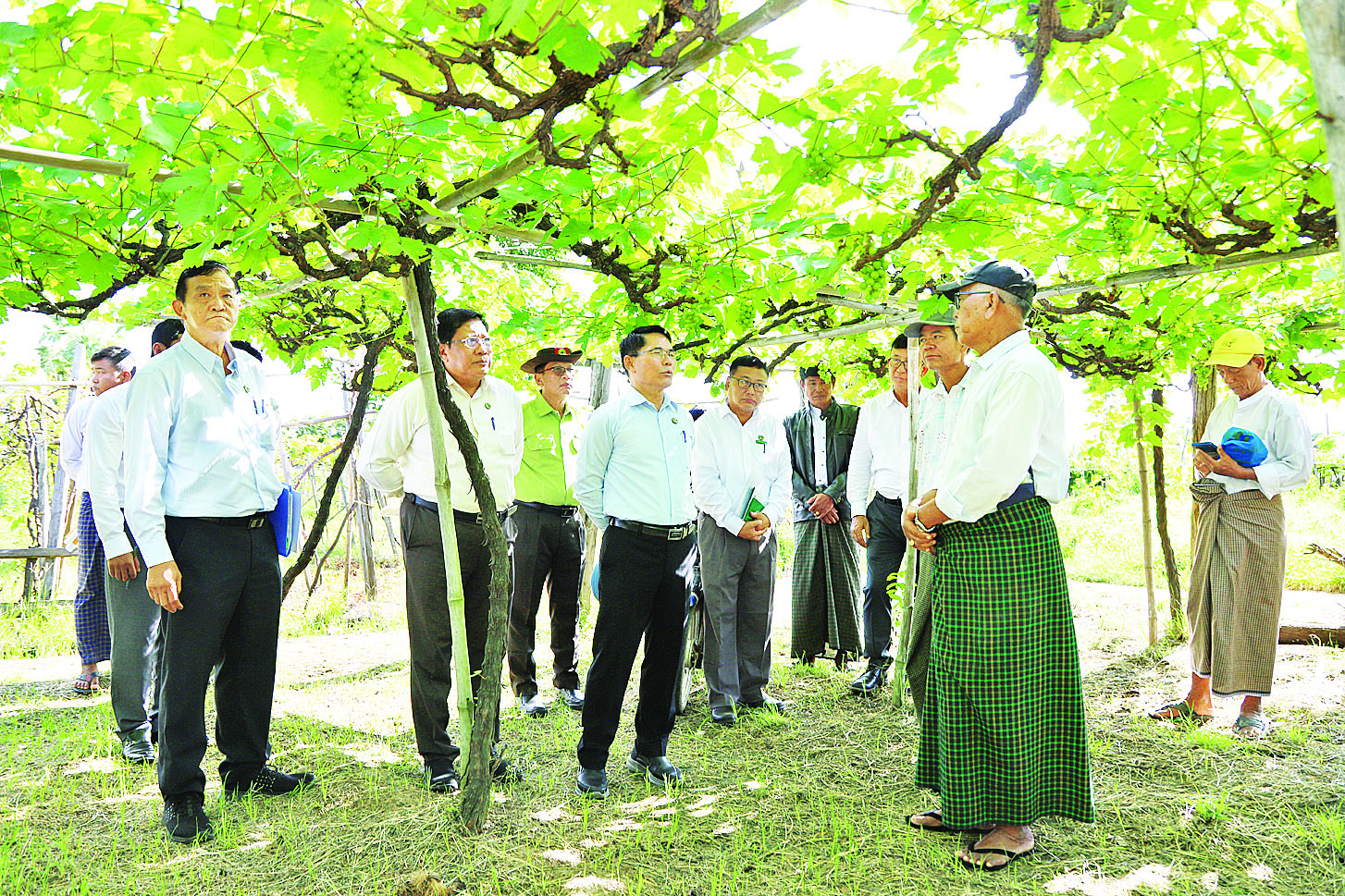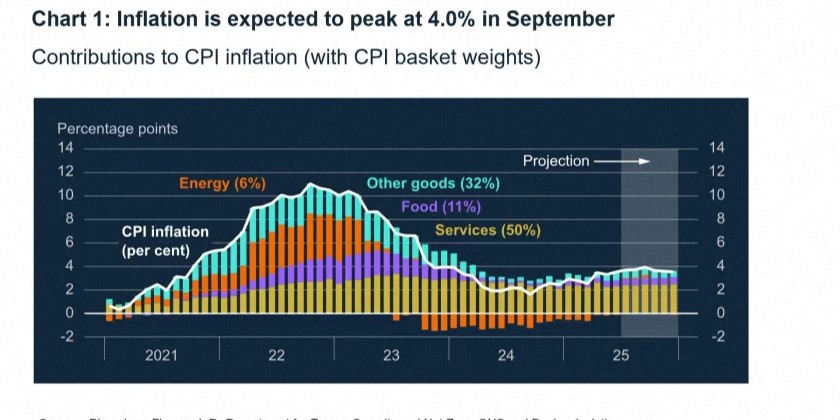Myanmar aims to export 2 million tonnes of pulses
The Myanmar Pulses, Beans, Maize and Sesame Seeds Merchants Association aims to export two million tonnes of various pulses in the current financial year 2025-2026, beginning 1 April.
Myanmar delivered 2.14 million tonnes of various pulses to international markets in the previous financial year, earning US$1.82 billion.
Myanmar mainly exports black gram, green gram and pigeon peas to foreign markets. Of them, black gram and pigeon peas are primarily shipped to India, while green gram is exported to China and Europe.
Myanmar’s pulses export revenue accounts for 38 per cent of agricultural produce export, yearly generating over $1 to 1.5 billion.
Myanmar is one of the world’s largest bean producers. Myanmar’s agriculture sector is the backbone of the country’s economy, and it contributes to over 30 per cent of the Gross Domestic Product. There are over 17 million acres of paddy and 10 million acres of pulses and beans in the country. The country’s second-largest production is pulses and beans, accounting for 33 per cent of agricultural produce and covering over 20 per cent of growing acres.
India has growing demand and consumption requirements for black grams and pigeon peas. According to a Memorandum of Understanding between Myanmar and India signed on 18 June 2021, India will import 250,000 tonnes of black grams and 100,000 tonnes of pigeon peas (tur) from Myanmar for five consecutive years from the 2021-2022 financial year to the 2025-2026 financial year. This G-to-G pact will not affect the pulses’ annual quota set by India. Myanmar’s exporters are also entitled to deliver the pulses to India under that yearly quota.
The Myanmar Pulses, Beans, Maize and Sesame Seeds Merchants Association stated that black grams, which India primarily purchases, are commonly found only in Myanmar, whereas pigeon peas, green gram and chickpeas are grown in African countries and Australia. — NN/KK
GNLM







